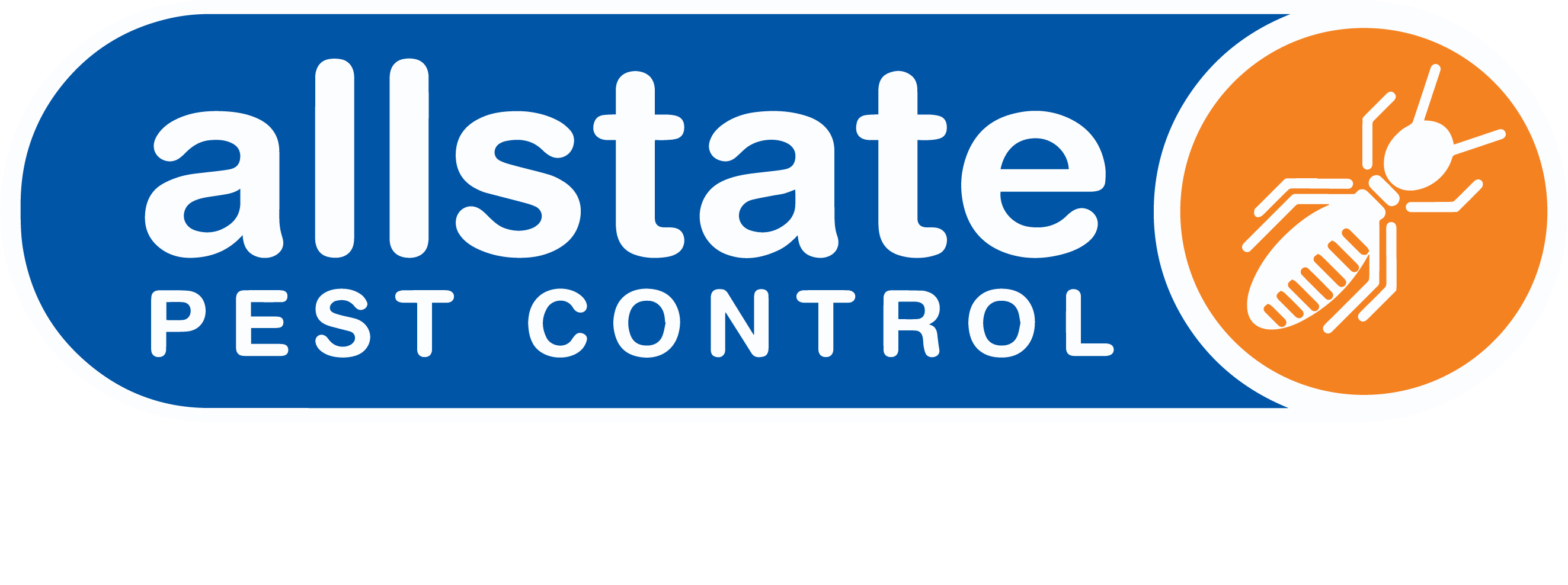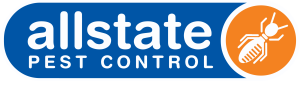by SerumTD-019 | Aug 30, 2022
Pesticide: A pesticide is any substance used to kill, control or repel pests. Pesticides can be natural or synthetic, and are used in agriculture, horticulture and public health to control weeds, insects, rodents and other animals that damage crops or spread disease.
by SerumTD-019 | Aug 30, 2022
Pesticide Registration Notice (PR Notice): A Pesticide Registration Notice (PR Notice) is a document issued by the Australian Pesticides and Veterinary Medicines Authority (APVMA) that authorises the use of a particular pesticide in Australia. PR Notices contain information on the active ingredient(s), formulation, application rates and methods, safety precautions and first aid measures.
by SerumTD-019 | Aug 30, 2022
Pesticide resistance: Pesticide resistance is when a pest population becomes resistant to a particular pesticide. This can happen over time as the pests evolve and develop mechanisms to survive exposure to the pesticide. Pest resistance can make it difficult to control pests using traditional methods, and may require the use of more toxic pesticides or alternative control methods.
by SerumTD-019 | Aug 30, 2022
Pesticide rotation: Pesticide rotation is a method of pest management that involves using different pesticides at different times to reduce the risk of pest resistance. This approach helps to delay or prevent the development of resistance in pests, and can also reduce the overall toxicity of pesticides used if different products with different modes of action are used.
by SerumTD-019 | Aug 30, 2022
Pesticides, Proper Handling: Pesticides must be handled properly to minimise risks to human health and the environment. When using pesticides, always follow the instructions on the label and take care to avoid contact with skin or eyes. If you spill pesticide, clean it up immediately and wash your hands thoroughly afterwards. Dispose of empty containers safely according to local regulations.



